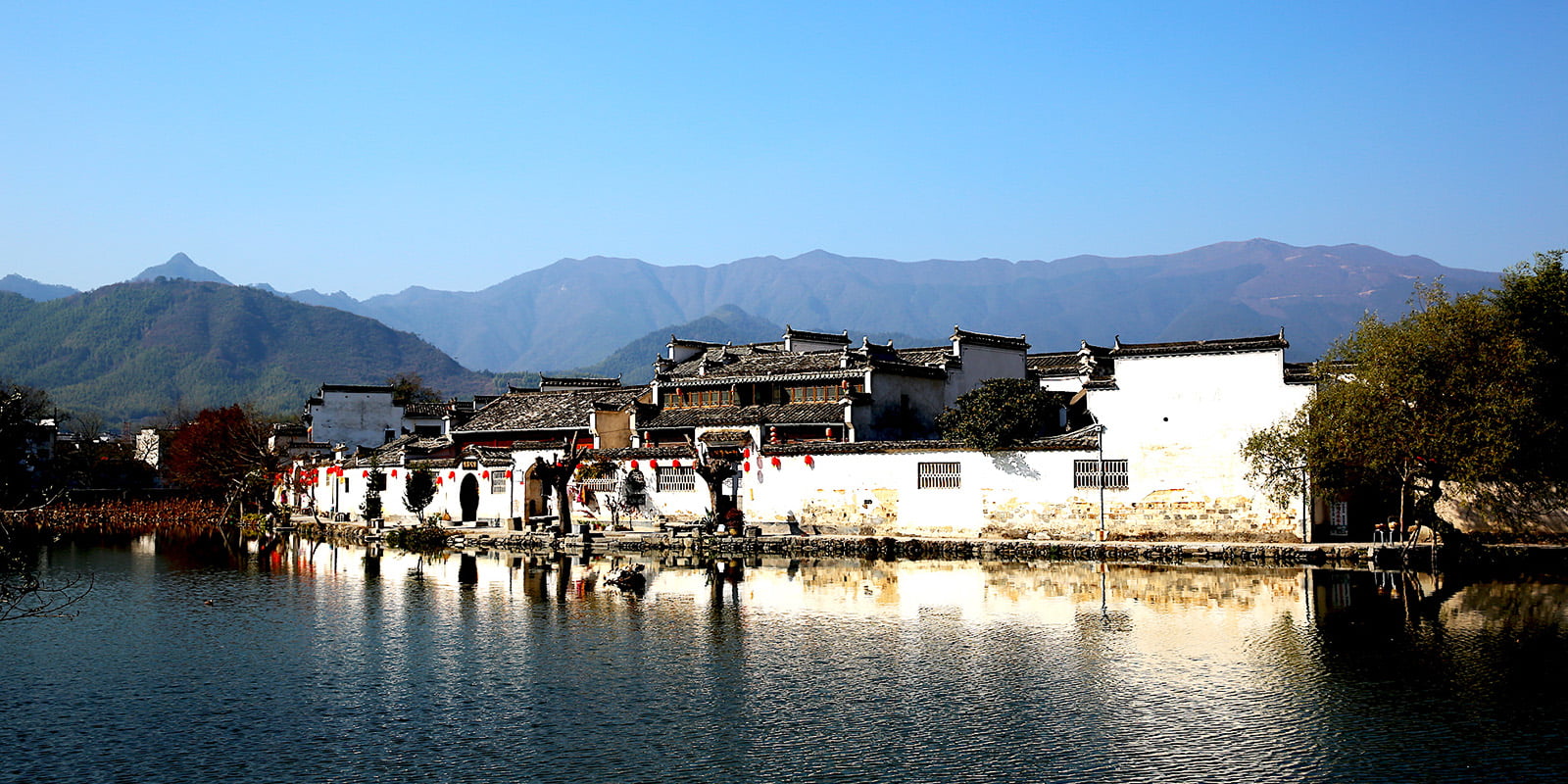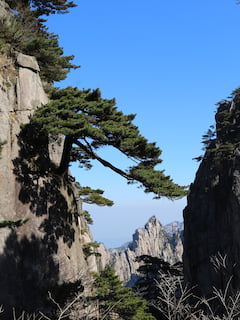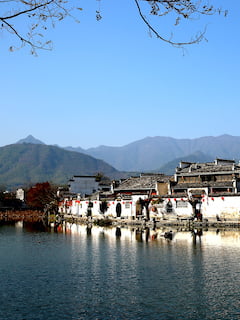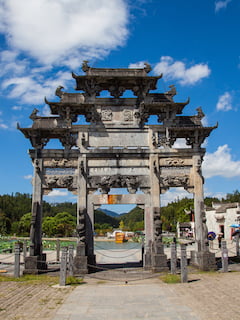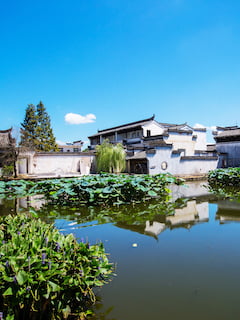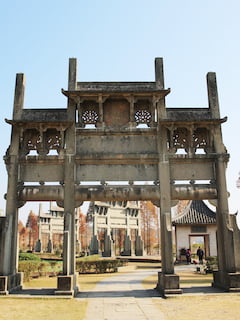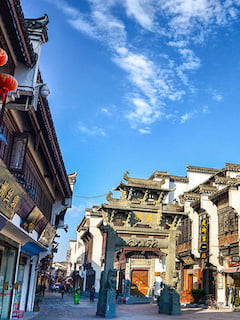
Beijing is one of the must-see cities in China, and you can spend 5-7 days exploring the most important places. It is recommended to spend 3-4 days to visit the historical heritages such as the Forbidden City, Temple of Heaven, Summer Palace, The Great Wall, Lama Temple, Confucius Temple, etc.; For the art & architecture lover, you can spend 1-2 days to see the modern architectures such as CCTV Headquarter, Bird’s Nest, Water Cube, etc. and famous art zones & galleries such as 798 Art District, Song Art Museum, Red Brick Art Museum, etc.
If you have more time, in summer, you can take an excursion to Chengde to visit the Mountain Resort, Little Potala Palace, Puning Temple, and Saihanba National Forest Park to enjoy the stunning view of Mongolian grassland and the nomad hospitality.
For luxury travelers, Beijing is one of the best places in China. Besides the luxury hotels such as Aman Summer Palace, The BVLGARI Hotel, The Peninsula, Rosewood, Mandarin Oriental, Four Seasons, Waldorf Astoria, etc., there are many luxury boutique hotels, such as The Opposite House, Puxuan Hotel, Chao Hotel, etc.

